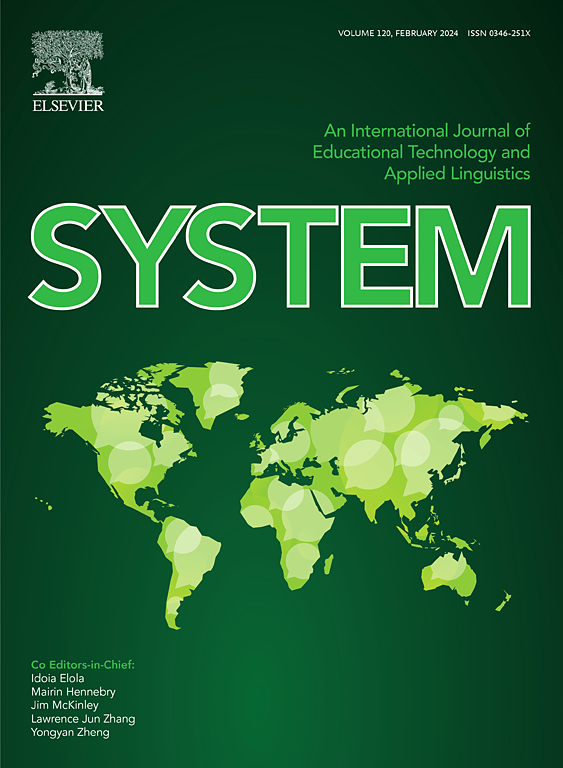β-Hydroxybutyrate-induced mitochondrial DNA (mtDNA) release mediated innate inflammatory response in bovine mammary epithelial cells by inhibiting autophagy
IF 7
1区 农林科学
Q1 Agricultural and Biological Sciences
引用次数: 0
Abstract
In perinatal dairy cows, ketosis is a prevalent metabolic disorder that lowers milk output and performance. Mitochondrial dysfunction and chronic inflammation in mammary tissue are linked to elevated blood ketone levels, particularly β-hydroxybutyrate (BHB). Recent research has linked cytosolic mitochondrial DNA (mtDNA) with chronic aseptic inflammation by activating the cGAS-STING pathway during metabolic disorders, while autophagy activation effectively reverses this process. However, whether it is involved in mammary gland damage during ketosis is poorly understood. Therefore, this study aimed to explore the underlying mechanisms of mtDNA-induced inflammation under BHB stress and evaluate the potential therapeutic strategy of autophagy activation in mitigating this damage. Our study found an increased cytoplasmic mtDNA abundance in mammary gland tissues of dairy cows with ketosis and bovine mammary epithelial cell line (MAC-T) subjected to BHB stress. Further investigations revealed the activation of the cGAS-STING pathway and inflammatory response, indicated by elevated levels of cGAS and STING, along with increased phosphorylation levels of TBK1, P65, and IκB, and higher transcript levels of pro-inflammatory factors (IL-1B, IL-6, and TNF-α) in both in vivo and in vitro experiments. Notably, STING inhibition via si-STING transfection reversed BHB-induced inflammation. Additionally, autophagy activation appeared to protect against BHB stress by facilitating the removal of cytoplasmic mtDNA and preventing cGAS-STING pathway-mediated inflammation. The findings illustrate that elevated BHB levels lead to the release of cytoplasmic mtDNA, which in turn activates the cGAS-STING pathway and triggers an inflammatory response in the mammary glands during hyperketonemia. Conversely, autophagy activation has been shown to alleviate this process by promoting cytoplasmic mtDNA degradation.β-羟基丁酸诱导的线粒体DNA (mtDNA)释放通过抑制自噬介导奶牛乳腺上皮细胞的先天炎症反应
在围产期奶牛中,酮症是一种普遍的代谢紊乱,会降低产奶量和生产性能。线粒体功能障碍和乳腺组织慢性炎症与血酮水平升高有关,尤其是β-羟基丁酸酯(BHB)。最近的研究发现,在代谢紊乱期间,胞质线粒体DNA (mtDNA)通过激活cGAS-STING通路与慢性无菌性炎症有关,而自噬激活有效地逆转了这一过程。然而,它是否与酮症期间的乳腺损伤有关尚不清楚。因此,本研究旨在探讨BHB应激下mtdna诱导炎症的潜在机制,并评估自噬激活减轻这种损伤的潜在治疗策略。我们的研究发现,在BHB胁迫下,酮症奶牛乳腺组织和牛乳腺上皮细胞系(MAC-T)的细胞质mtDNA丰度增加。进一步的研究发现cGAS-STING通路的激活和炎症反应,表明在体内和体外实验中cGAS和STING水平升高,TBK1、P65和i - κ b磷酸化水平升高,促炎因子(IL-1B、IL-6和TNF-α)转录水平升高。值得注意的是,通过si-STING转染抑制STING可以逆转bhb诱导的炎症。此外,自噬激活似乎通过促进细胞质mtDNA的去除和防止cGAS-STING途径介导的炎症来保护BHB应激。研究结果表明,BHB水平升高导致细胞质mtDNA的释放,这反过来激活cGAS-STING途径,并在高酮血症期间触发乳腺的炎症反应。相反,自噬激活已被证明通过促进细胞质mtDNA降解来缓解这一过程。
本文章由计算机程序翻译,如有差异,请以英文原文为准。
求助全文
约1分钟内获得全文
求助全文
来源期刊

Journal of Animal Science and Biotechnology
AGRICULTURE, DAIRY & ANIMAL SCIENCE-
CiteScore
9.90
自引率
2.90%
发文量
822
审稿时长
17 weeks
期刊介绍:
Journal of Animal Science and Biotechnology is an open access, peer-reviewed journal that encompasses all aspects of animal science and biotechnology. That includes domestic animal production, animal genetics and breeding, animal reproduction and physiology, animal nutrition and biochemistry, feed processing technology and bioevaluation, animal biotechnology, and meat science.
 求助内容:
求助内容: 应助结果提醒方式:
应助结果提醒方式:


